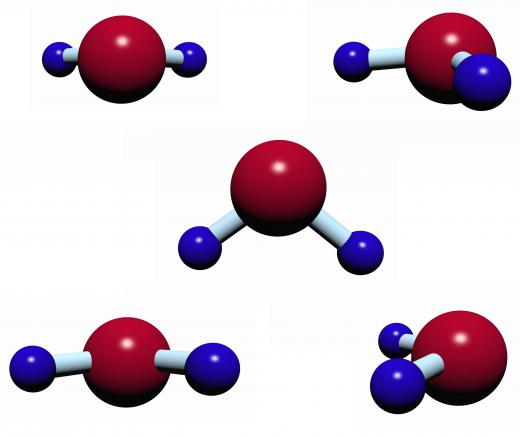A filled cable is a wire used in telecommunications. It is filled with a substance that is located within the jacket or sheath of the cable itself. The purpose of utilizing a filled cable is to prevent moisture from penetrating the sheath of the cable, entering through microscopic tears and cracks, and corrupting the wires themselves. One should be sure to remember the difference between a filled cable and a metallic cable that has been filled. Metallic cables filled with dielectric materials — a material which insulates against an electric charge — is not technically a filled cable.
Perhaps the best way to visualize filled cables is by imagining a sheath of wires surrounded by a viscous liquid, much like a tube of toothpaste. The material within a filled cable is nonhygroscopic. A hygroscopic substance is a material which can attract and hold molecules of water from the surrounding environment, so a nonhygroscopic material is a substance that refuses to attract or hold molecules of water. In essence, this characteristic prevents water molecules from penetrating the interior of the cable, preserving the quality of the lines inside.

Due to its water resistant qualities, a filled cable is useful for areas susceptible to high rates of ambient moisture. These can include outdoor areas, but can also include damp or humid indoor areas such as basements and cellars in areas prone to flooding. In either case, the material enclosed in the cable will keep water and humidity from accumulating within the cable, ensuring its longevity.
"Icky-pic" is the most commonly used substance in filled cables; it is a gelatinous material which is based from petroleum. Filled cables using Icky-pic are only rated for outdoor use, as the substance itself is quite highly flammable. Icky-pic is also quite bothersome if it comes into contact with skin or clothing; it is capable of staining both, and is notoriously difficult to remove, so gloves and caution are advised for anyone attempting to handle a split or otherwise damaged filled cable. Although these are major downsides to Icky-pic, it has other advantages to balance its shortcomings. One of these is its flavor; because of the substance from which it is made, it has the added ability of preventing animals from attempting to gnaw upon the filled cable, as the taste of the substance tends to deter them.
